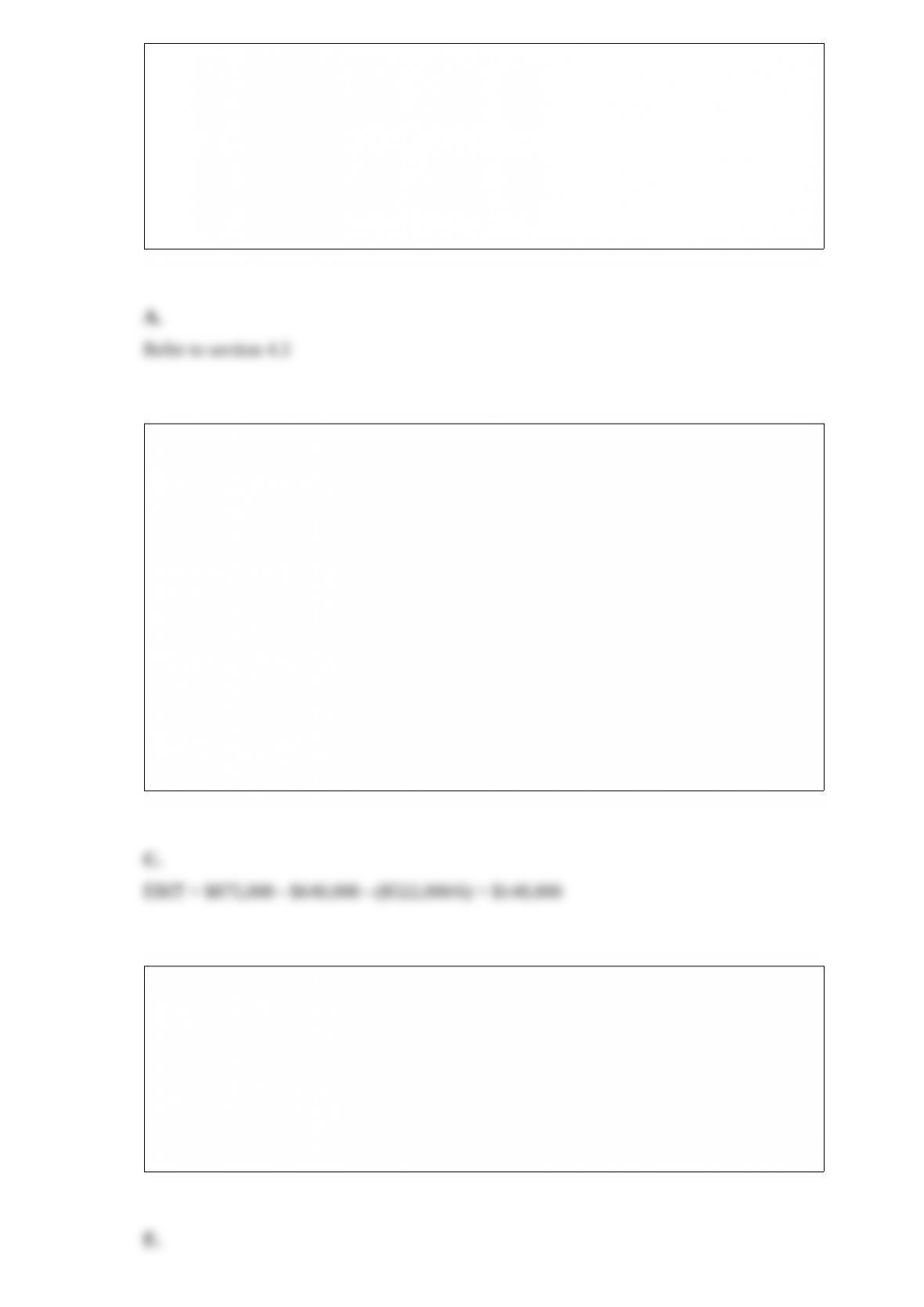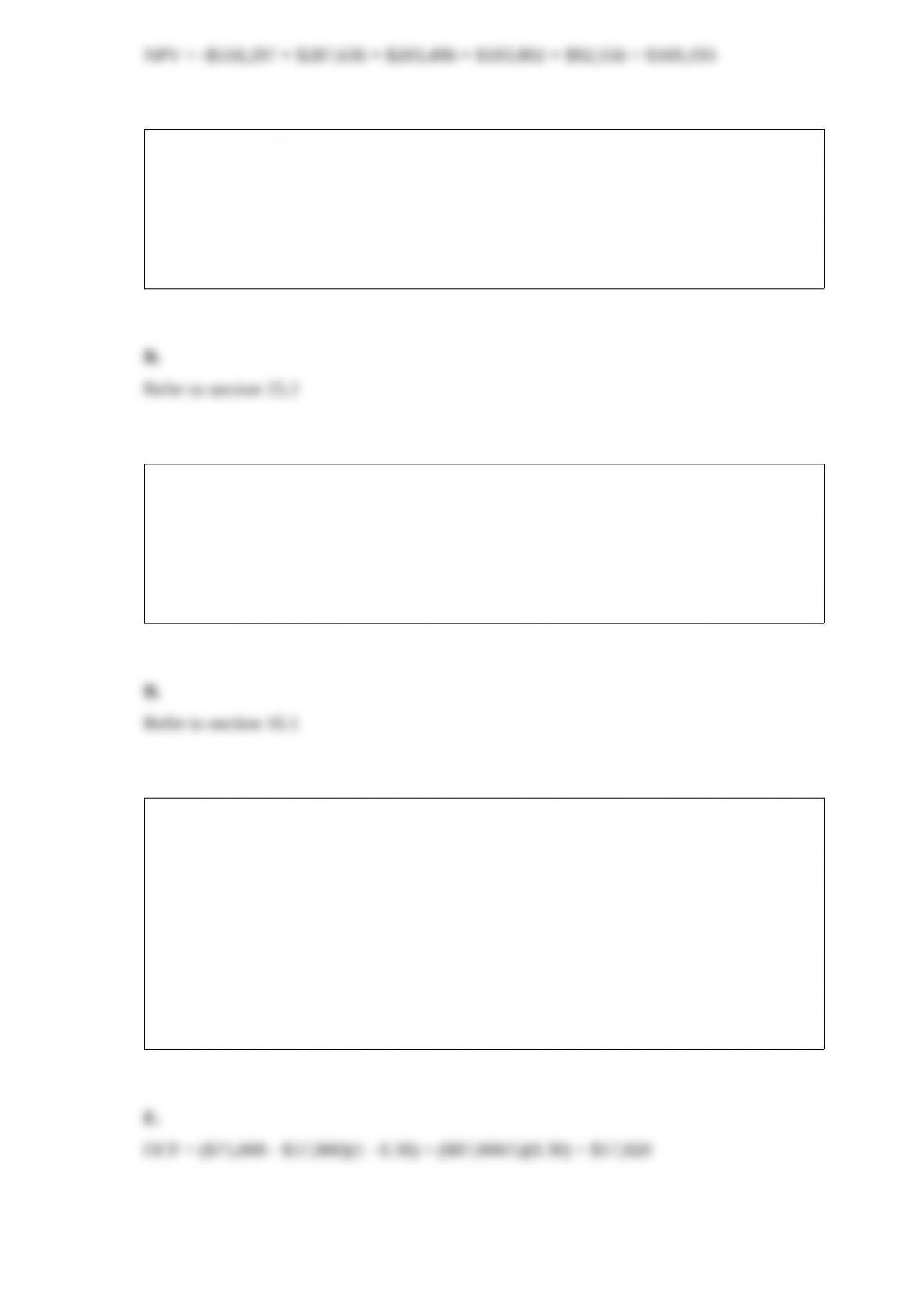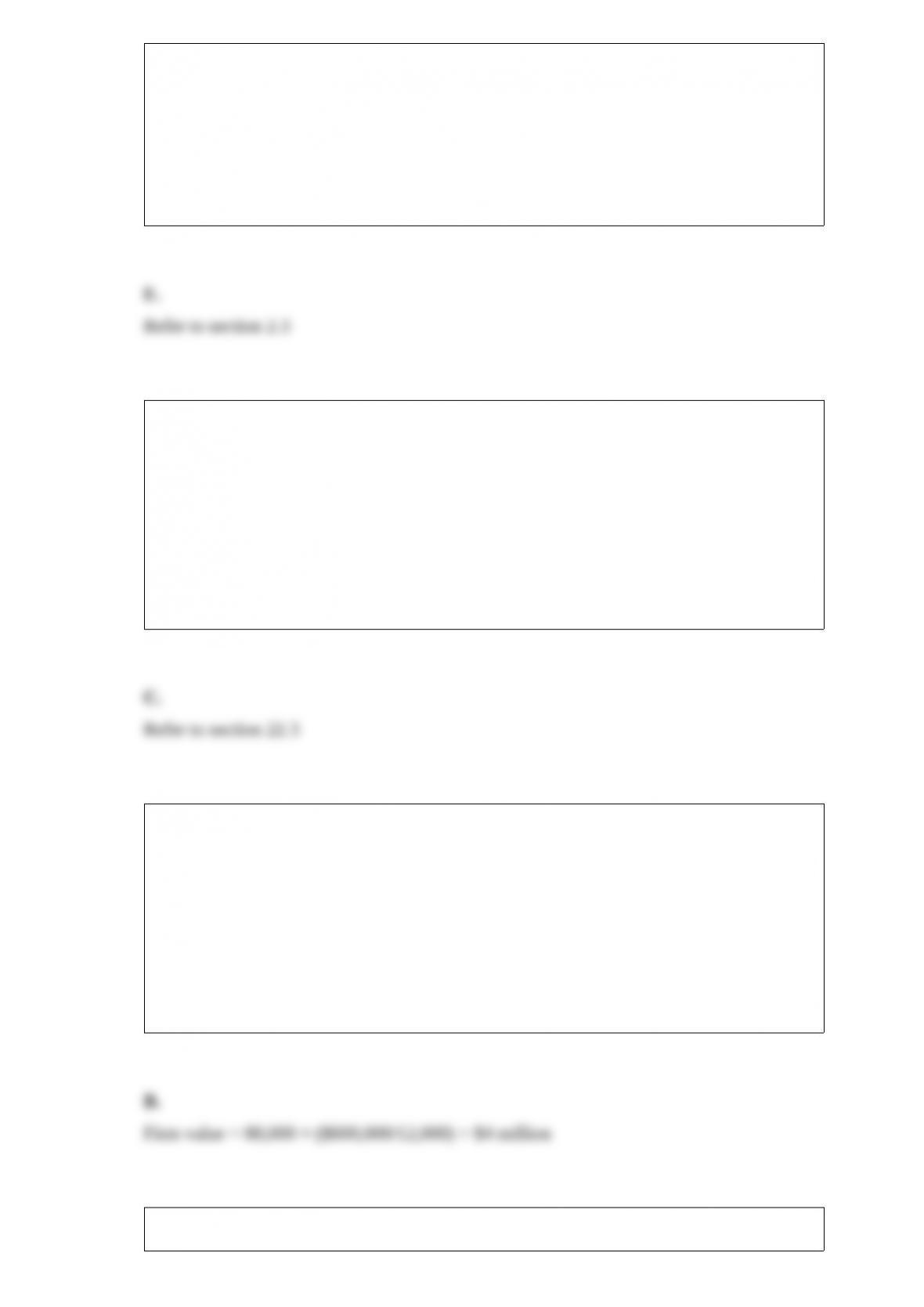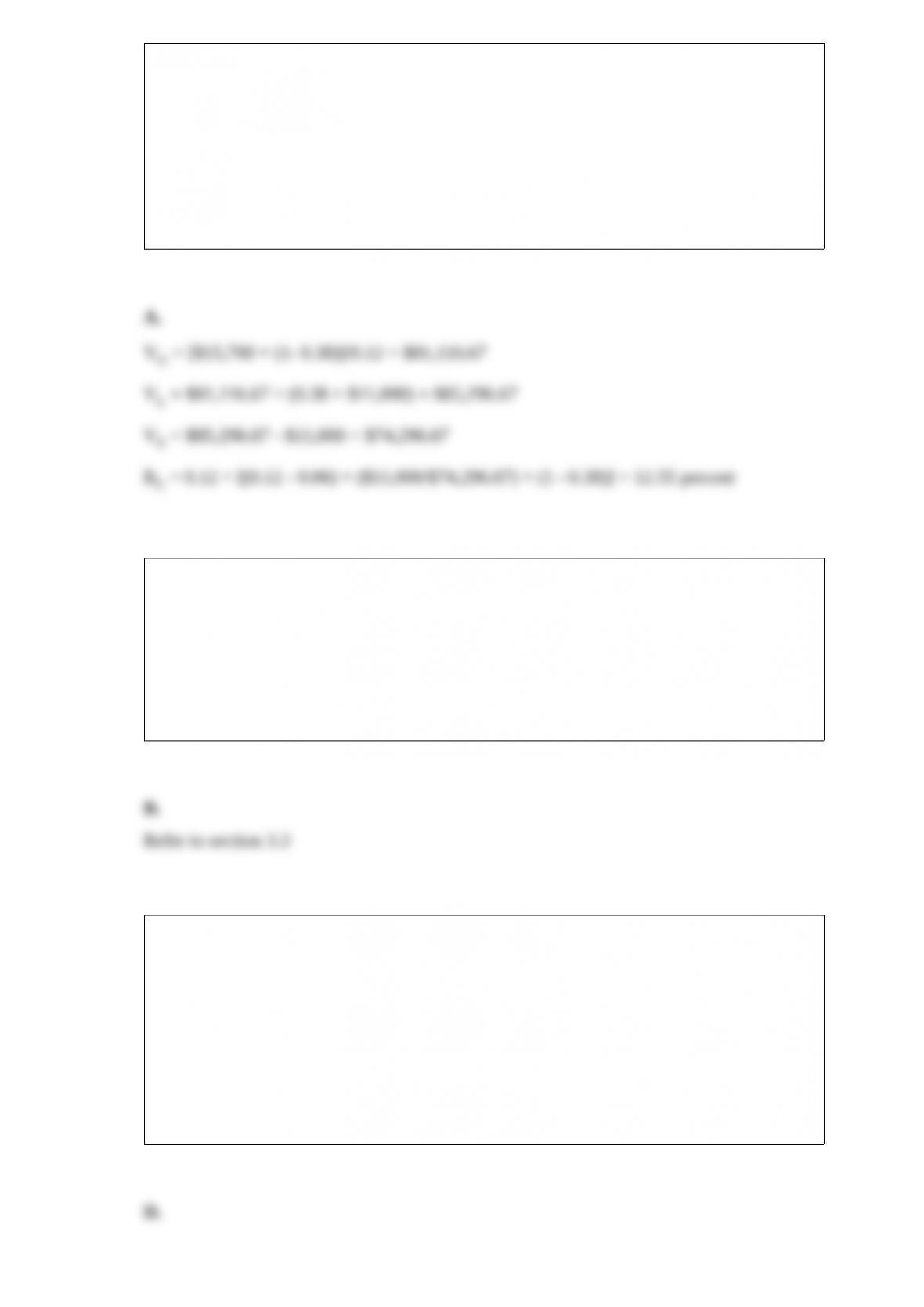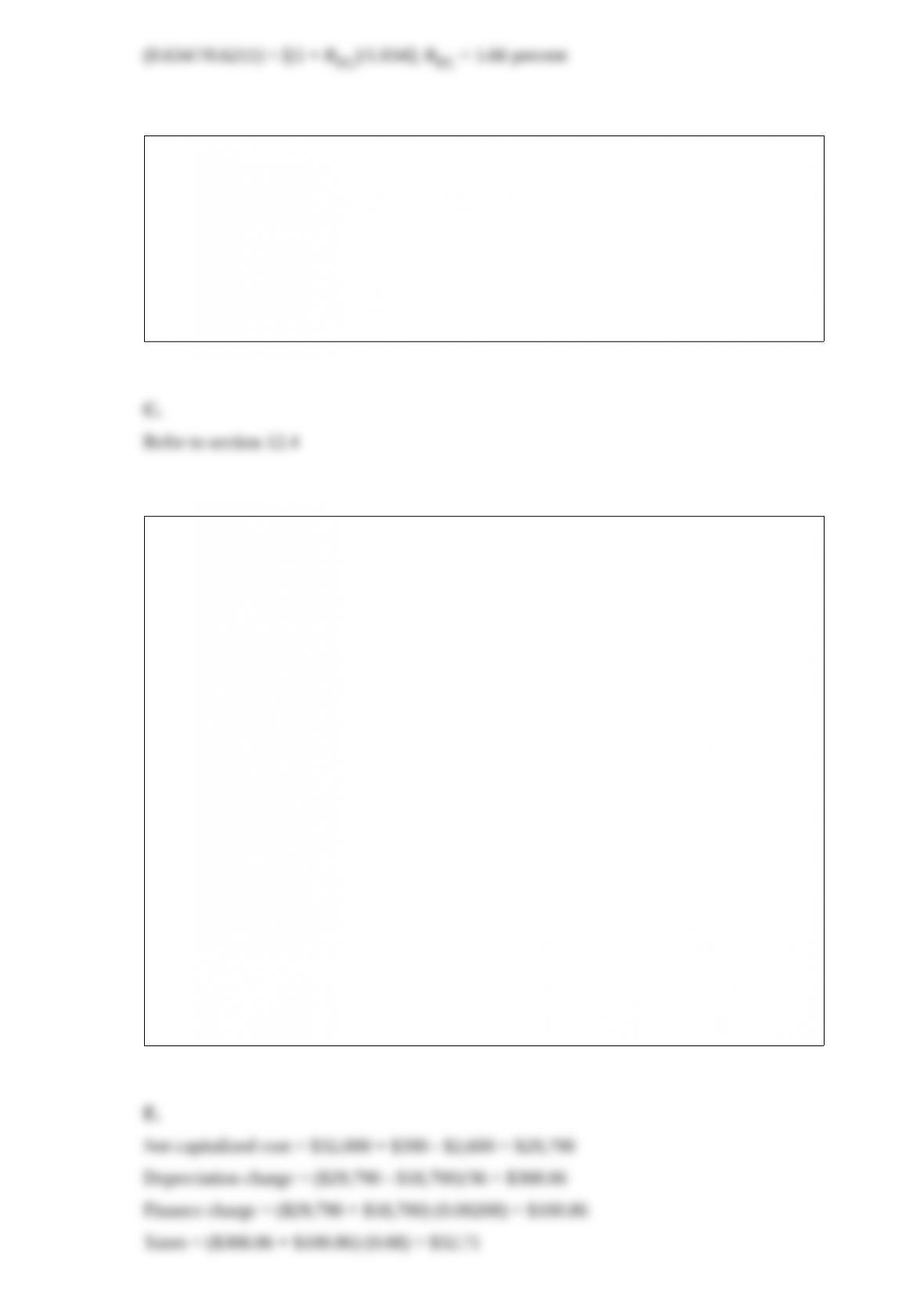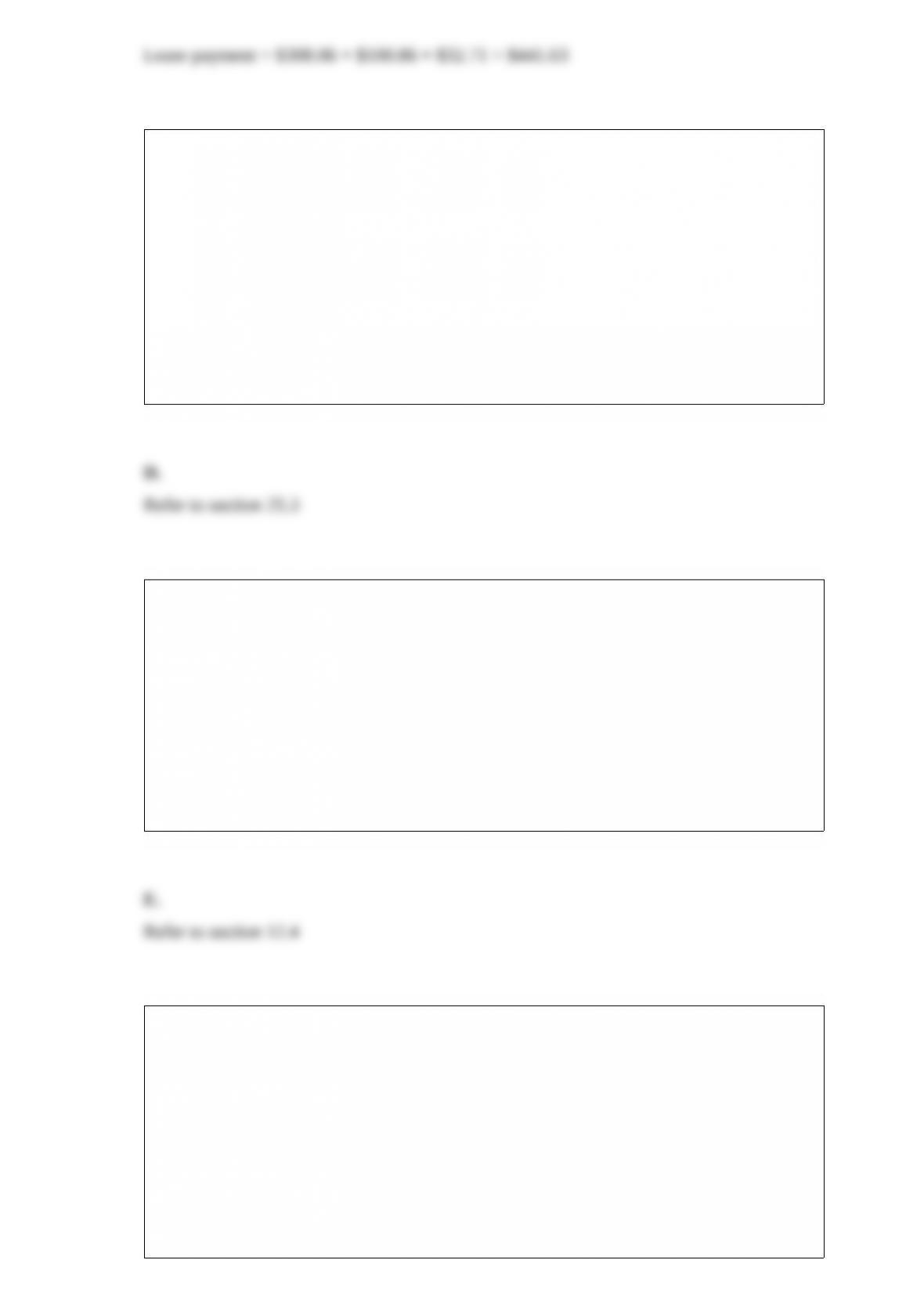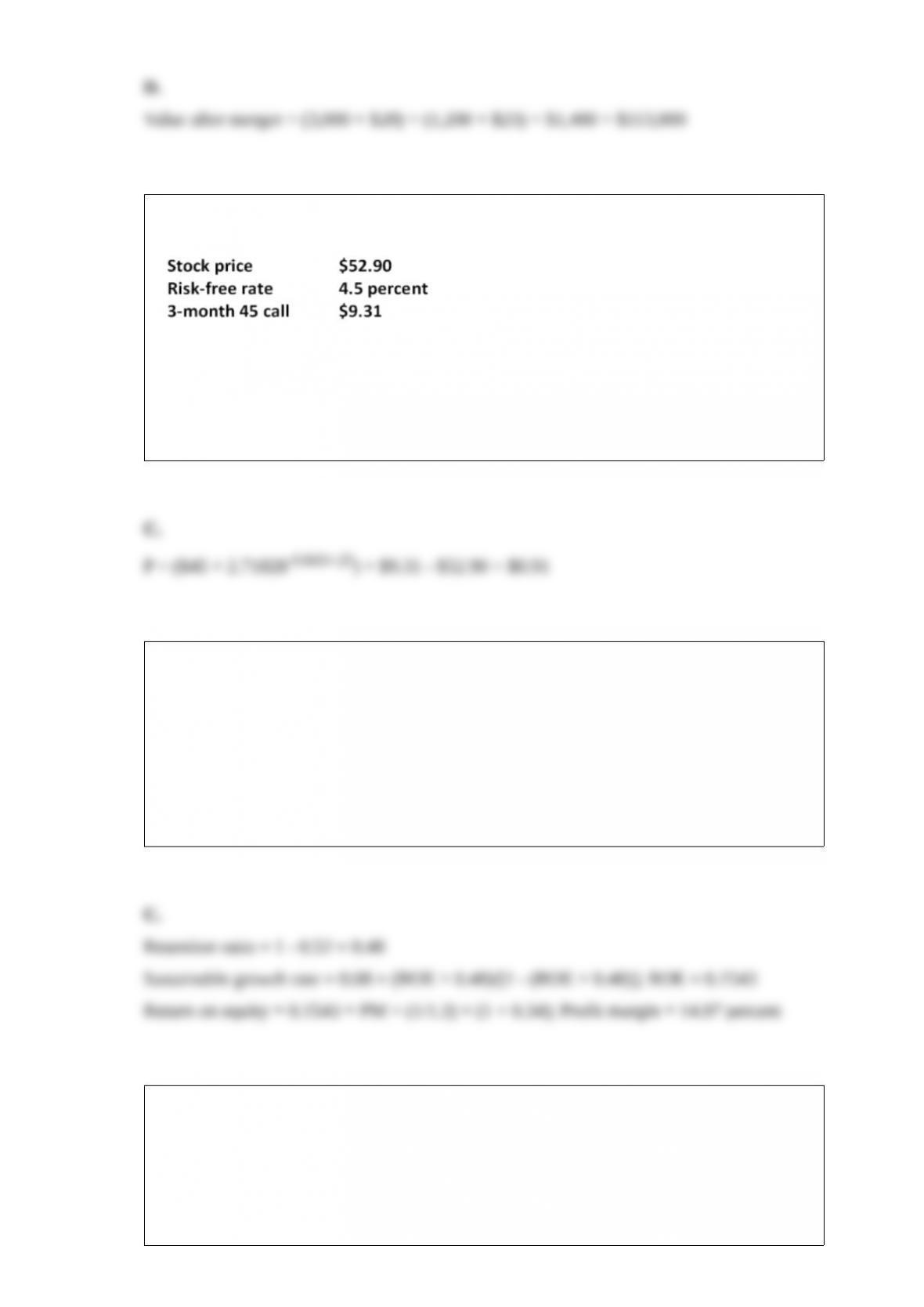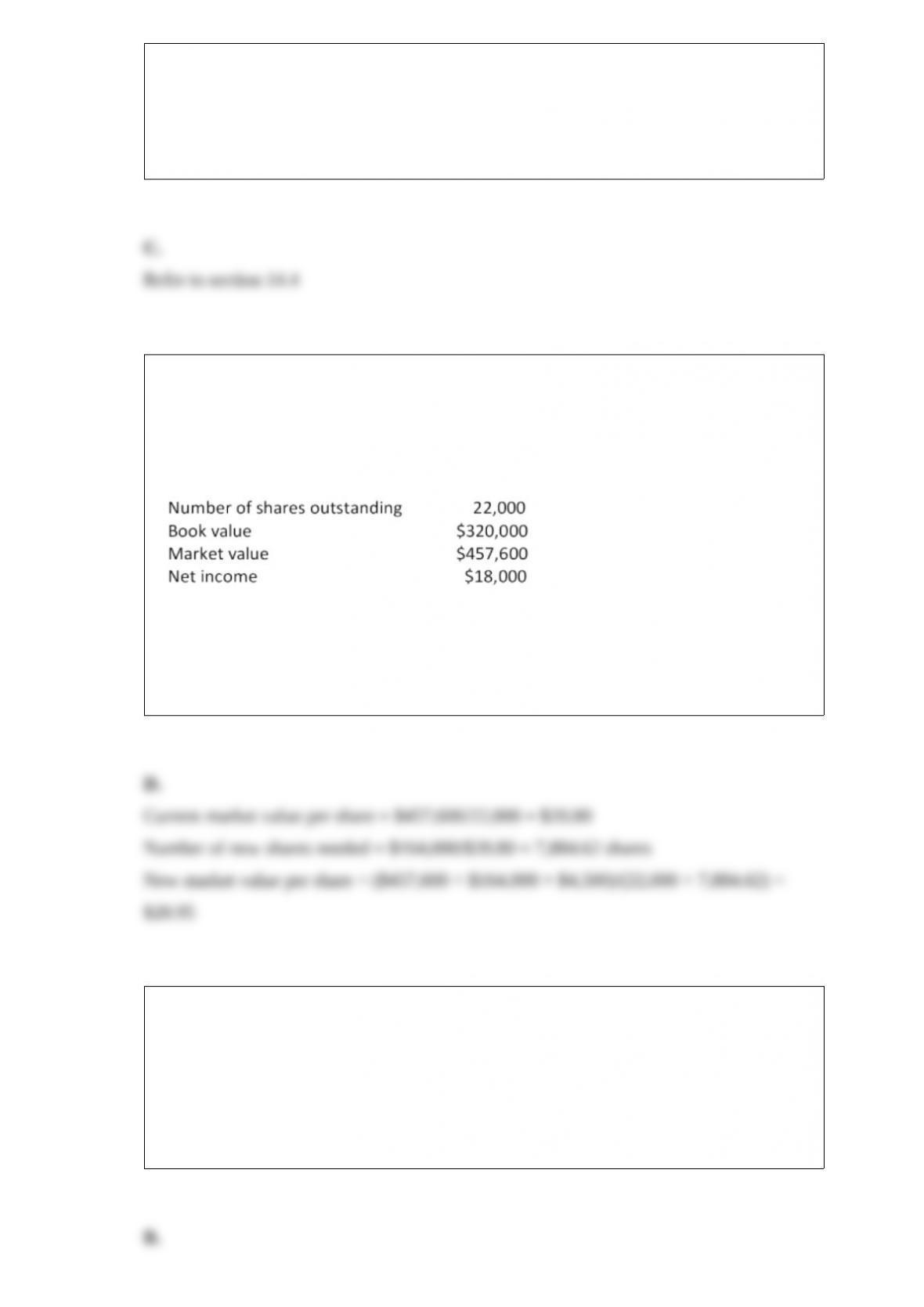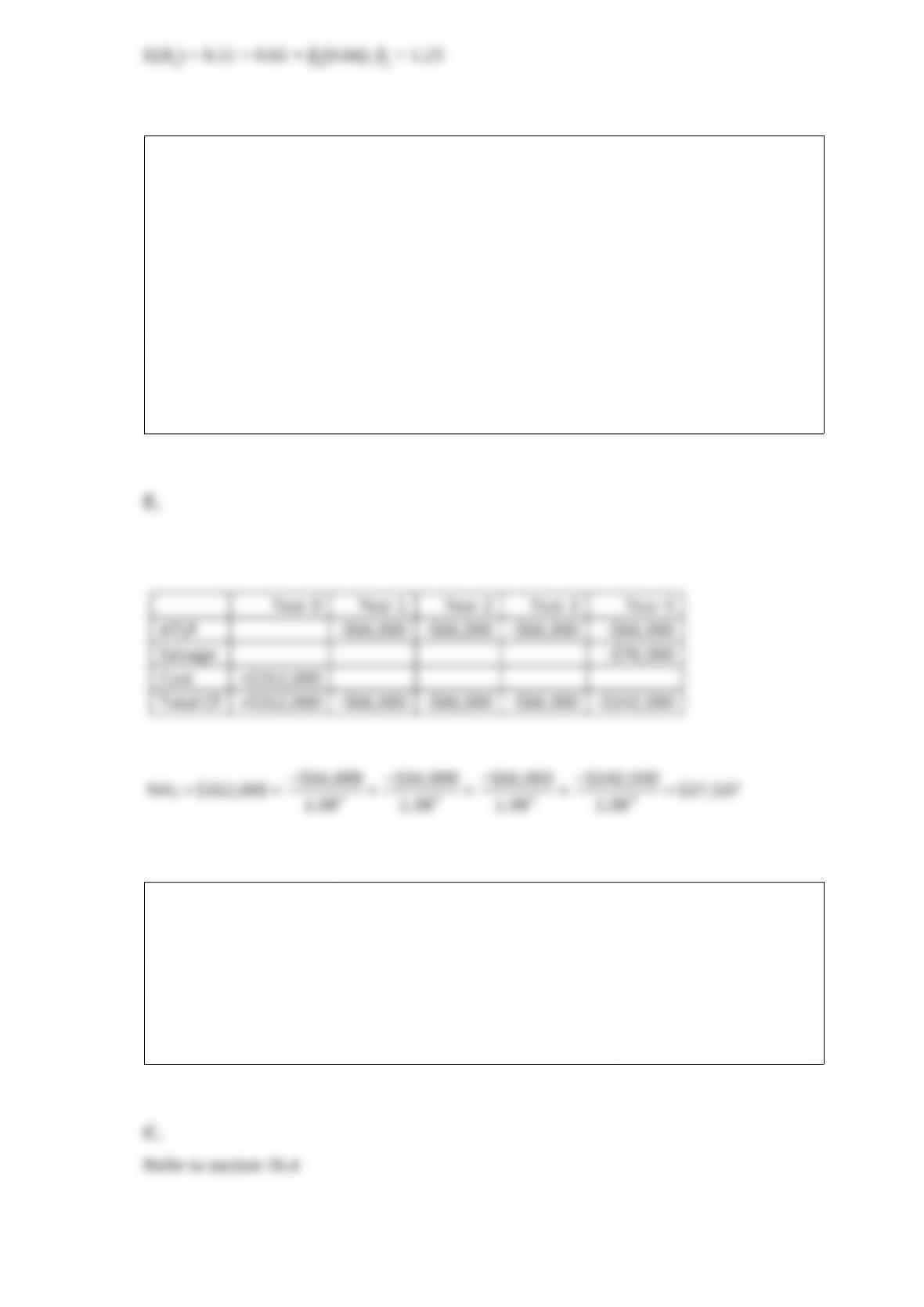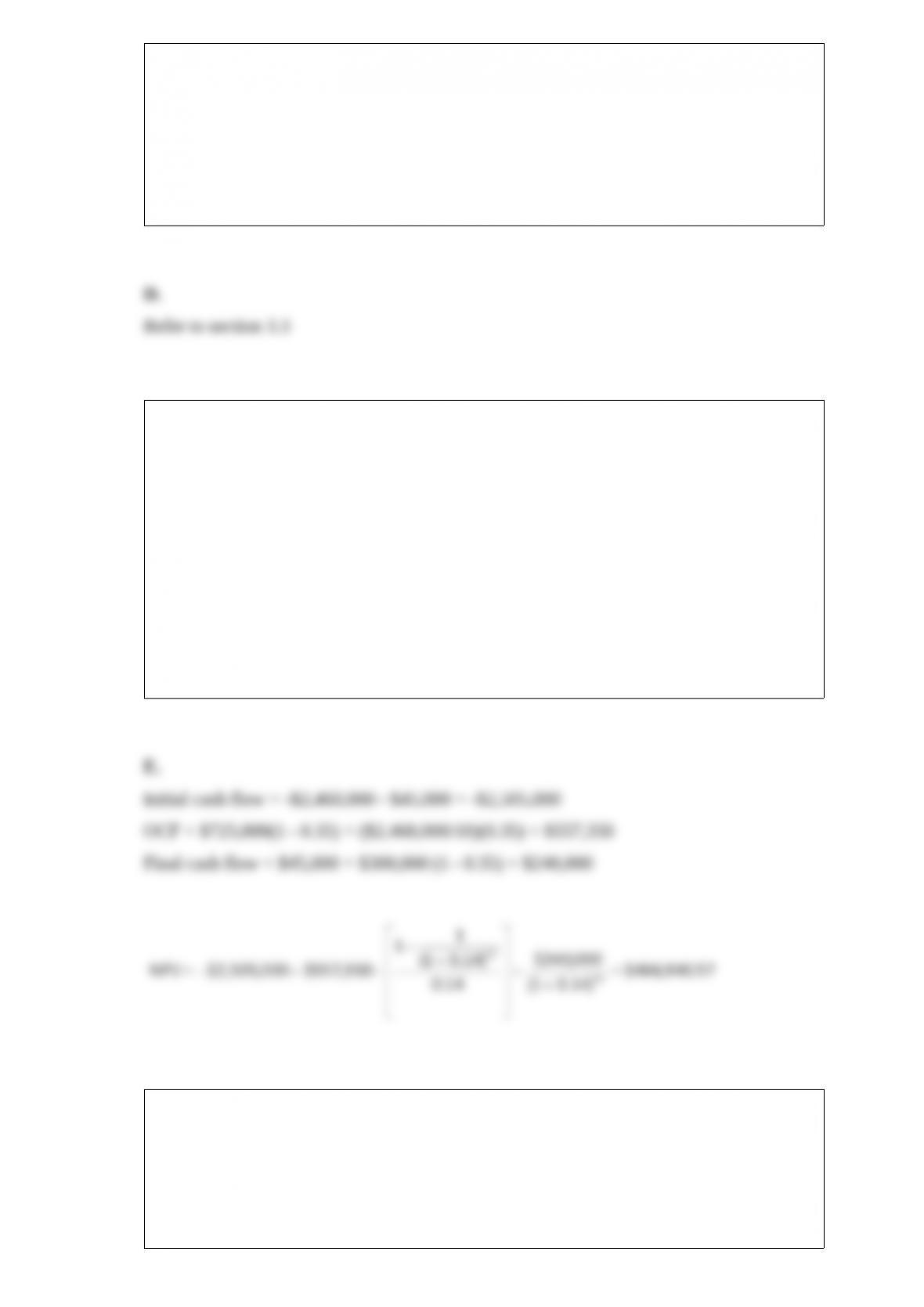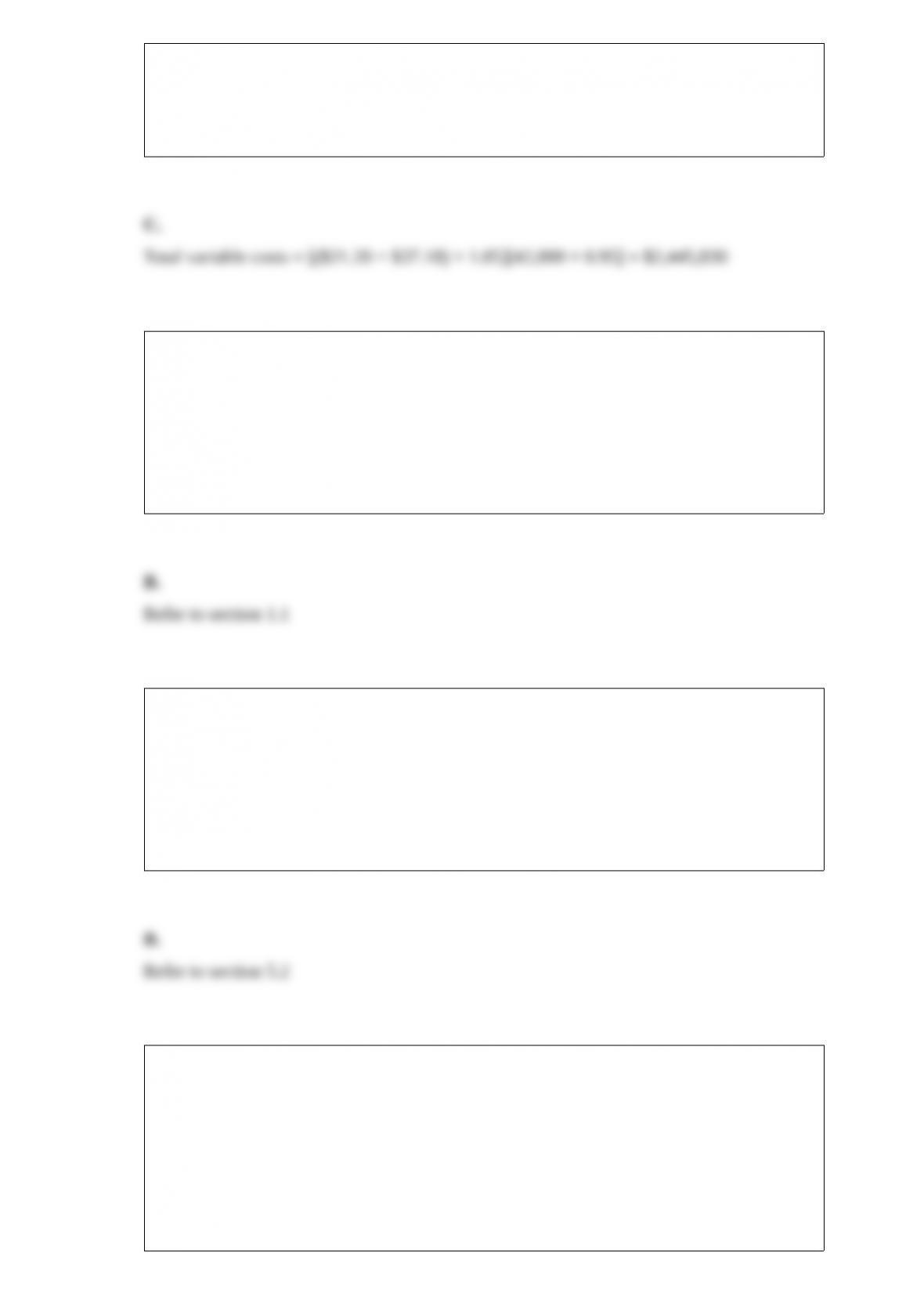Which one of the following is a correct ranking of securities based on their volatility
over the period of 1926-2007? Rank from highest to lowest.
A. large company stocks, U.S. Treasury bills, long-term government bonds
B. small company stocks, long-term corporate bonds, large company stocks
C. small company stocks, long-term corporate bonds, intermediate-term government
bonds
D. large company stocks, small company stocks, long-term government bonds
E. intermediate-term government bonds, long-term corporate bonds, U.S. Treasury bills
Automobiles are often leased, and several terms are unique to auto leases. Suppose you
are considering leasing a car. The price you and the dealer agree on for the car is
$32,000. This is the base capitalized cost. Other costs added to the capitalized cost price
include the acquisition (bank) fee, insurance, or extended warranty. Assume these costs
are $390. Capitalization cost reductions include any down payment, credit of trade-in,
or dealer rebate. Assume you make a down payment of $2,600, and there is no trade-in
or rebate. If you drive 11,000 miles per year, the lease-end residual value for this car
will be $18,700 after three years. The lease factor, which is the interest rate on the loan,
is the APR of the loan divided by 2,400. (We're not really sure where the 2,400 comes
from, either.) The lease factor the dealer quotes you is 0.00208. The monthly lease
payment consists of three parts; a depreciation fee, a finance fee, and sales tax. The
depreciation fee is the net capitalization cost minus the residual value, divided by the
term of the lease. The net capitalization cost is the cost of the car minus any cost
reductions plus any additional costs. The finance fee is the net capitalization cost plus
the residual, times the money factor, and the monthly sales tax is simply the monthly
lease payments times the tax rate. What is your monthly lease payment for a 36-month
lease if the sales tax is 8 percent?
A. $329.08
B. $342.63
C. $379.82
D. $402.24
E. $441.63
